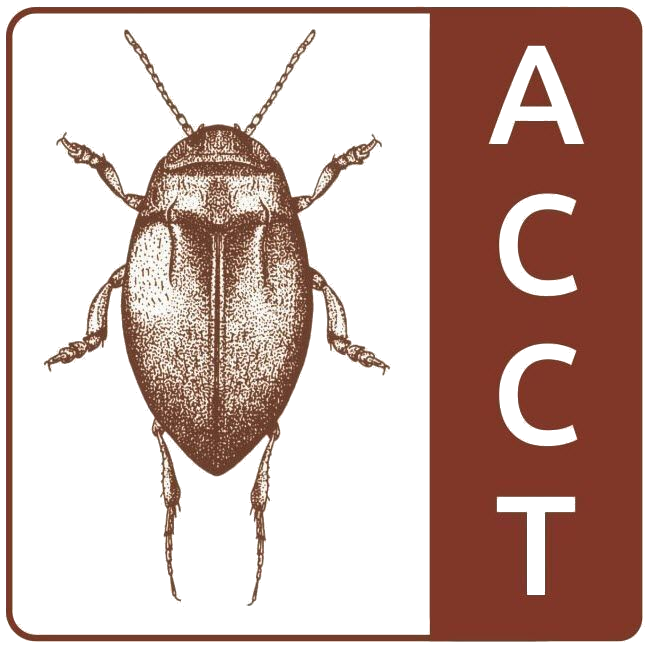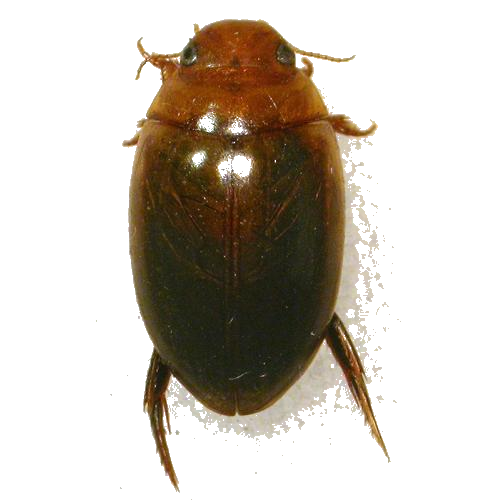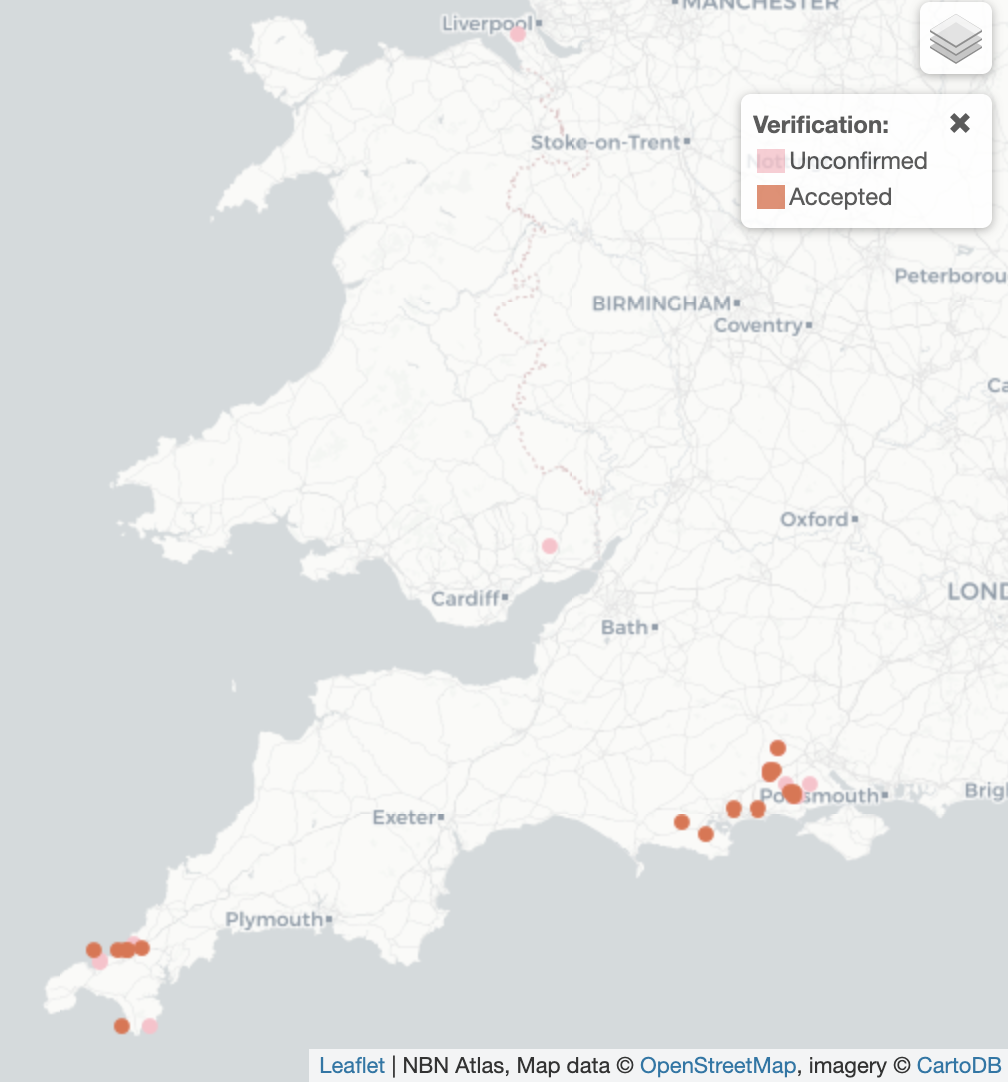Agabus brunneus
(Fabricius, 1798)
Brown Diving Beetle

Aquatic Coleoptera
Conservation Trust
OVERVIEW

Agabus brunneus is a medium-sized diving beetle belonging to the family Dytiscidae. This distinctive species is characterised by its brown coloration and specialised adaptation to lowland temporary streams with porous gravels. As a BAP priority species expected to warrant Endangered classification, it represents a critically important component of Britain's freshwater biodiversity.
CONSERVATION STATUS
Key Threats:
- Alteration of headwater stream flows (drainage, abstraction)
- Agricultural runoff and water pollution
- Habitat disturbance and development
- Climate-induced stream drying
- Changes to natural flow regimes
Population Trend:
DISTRIBUTION

Current Range: Very localised in southern England—known from West Cornwall (Portreath), Dorset (River Frome), South Wiltshire, and New Forest areas.
Habitat Distribution: Lowland temporary streams with porous gravels, often amidst heather and gorse vegetation where they burrow into drying substrate during drought periods.
ECOLOGY & HABITAT
Temporary Streams
Lowland streams with porous gravels that dry seasonally
Heathland
Streams amidst heather and gorse vegetation
Gravel Substrate
Porous gravels used for burrowing during droughts
Life Cycle: Complete metamorphosis with aquatic larvae and adults, adapted to temporary water conditions
Diet: Predatory - feeds on small invertebrates and organic matter in stream gravels
Drought Adaptation: Burrows into drying substrate during drought periods to survive stream desiccation
CONSERVATION ACTIONS
Stream Protection
Preserve natural flow regimes in temporary headwater streams
Water Quality
Prevent agricultural runoff and pollution of stream systems
Monitoring
Regular surveys at known sites in New Forest, Cornwall, and Dorset
Habitat Management
Maintain natural drought-flood cycles and gravel substrate integrity